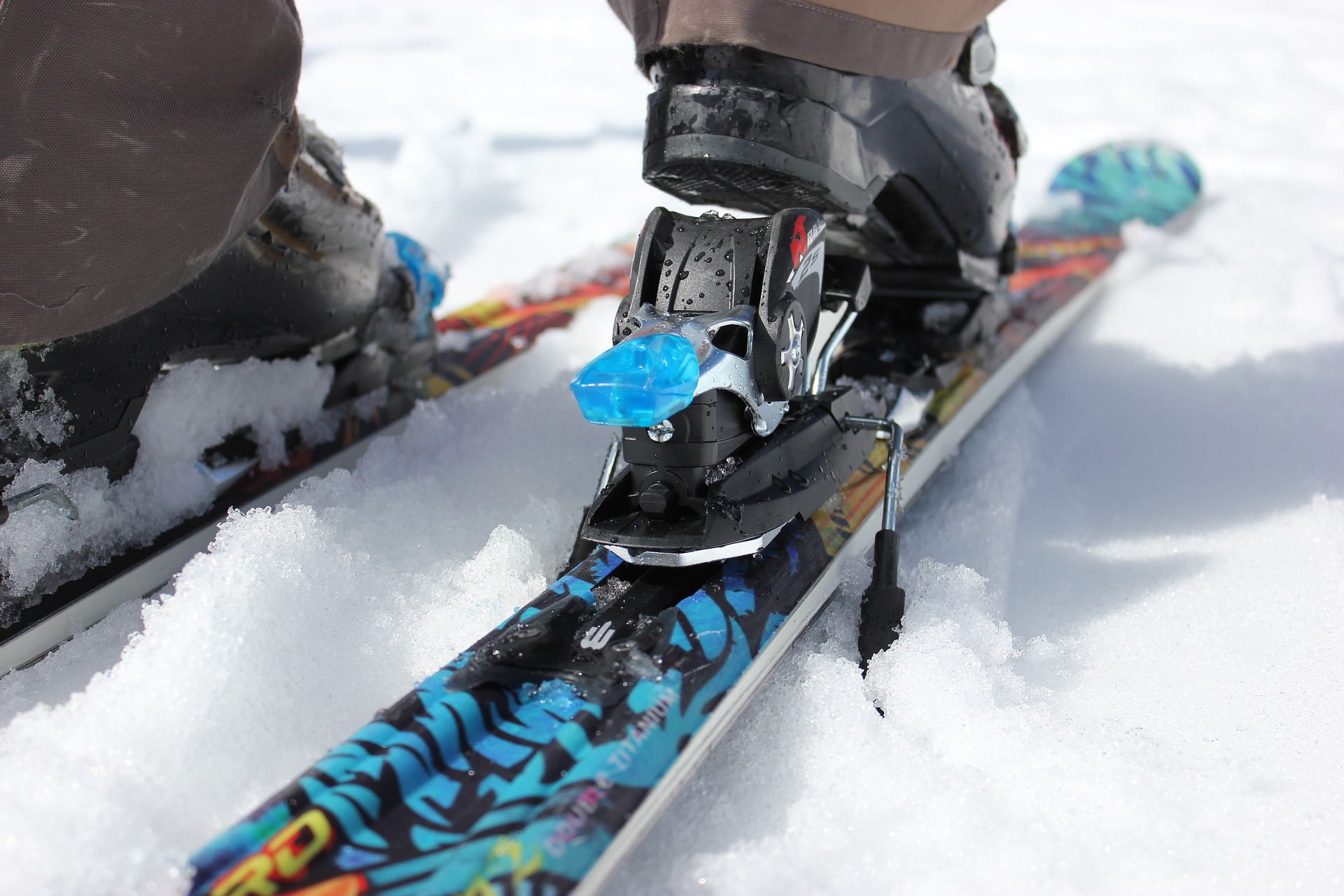
- Vitalii Homon
- November 8, 2021
- Ask Eartha
Dear Eartha, I have heard about toxins that are in our ski waxes and other products. Is that true? What do I need to know?
If you’re like me, these recent flurries have you unpacking your winter gear for the season and eagerly anticipating the feeling of gliding down fresh snow on newly waxed skis. Getting skis waxed is one of those things that most of us powder hounds do to prepare for the slopes. And for racers, ski wax could make or break a competition. For generations in the ski industry, the best kinds of wax generally meant wax that included fluorocarbons—synthetic chemicals with significant environmental and health risks. Those are the toxins you heard about.
Speed Demon
So, why are fluorocarbon ski waxes harmful? Fluorocarbon ski waxes contain the toxin PFAS, or Per- and Polyfluoroalkyl Substances. PFAS are a group of man-made chemicals that do not occur in nature. These chemicals have been used in products since the 1940s. There are thousands of different PFAS made to resist heat (like firefighting foam) and for waterproof coatings (think Teflon pans, raincoats, and ski wax).
The main PFAS component, fluorine, forms tight, water-repellent bonds with carbon, making the product super slick. This is a helpful party trick, especially for sliding down the slopes. Yet, PFAS are described as “forever chemicals,” because they do not degrade naturally and can accumulate over time in the environment, in animals, and even in people. The Environmental Protection Agency (EPA) is still learning about the health effects from exposure to these chemicals, but studies have found serious potential impacts including pregnancy complications, developmental delays in children, increased cholesterol, liver damage, thyroid disease, and cancer.
 Image as you glide down the mountain, those fluorocarbon ski waxes will come off onto the snow overtime. As the snow melts, they will go into the ground and water supplies. So how do we prevent this? Note the labels. Any ski wax labeled “HF” for high-fluorocarbon or “LF” for low-fluorocarbon contains the chemical. Those labeled “CH” for hydrocarbon do not contain fluorocarbons.
Image as you glide down the mountain, those fluorocarbon ski waxes will come off onto the snow overtime. As the snow melts, they will go into the ground and water supplies. So how do we prevent this? Note the labels. Any ski wax labeled “HF” for high-fluorocarbon or “LF” for low-fluorocarbon contains the chemical. Those labeled “CH” for hydrocarbon do not contain fluorocarbons.
Implications
When PFAS are released into the environment, they can enter water sources that may be used as drinking water. A national monitoring program conducted by the EPA in 2013 and 2014 found PFAS in 94 U.S. water supply sources, and the list has since grown (See the full map.) In 2016, the EPA issued a new health advisory for PFAS and formally recommended a maximum level of PFAS in drinking water: 70 parts per trillion (ppt).
In 2020, the Colorado Department of Public Health and Environment (CDPHE) sampled four hundred community water systems in Colorado, including Summit County. Each sample was tested for 31 different types of PFAS, and none had levels above the EPA health advisory. In Frisco, the levels were well below 70ppt, but the town says it will continue to partner with the EPA and the CDPHE to further evaluate PFAS levels and increase testing to see if they change over time.
Further up the chain, the EPA recently announced a Strategic Roadmap to address PFAS around the US. The EPA will look at how to better detect and measure PFAS in our air, water, soil, and fish and wildlife, and better understand how much people are exposed to these toxins and their harmful effects. The EPA will also study how to manage and dispose of PFAS including how to remove them from drinking water.
Here in Colorado, legislators are working to reduce the amount of PFAS in the environment with bills such as HB19-1279. The bill prevents manufacturers from selling firefighting foams with PFAS chemicals, which drives wider use of effective, better-for-the-environment firefighting foams.
Back to Ski Wax
Fortunately, we are seeing companies creating new, nontoxic, and eco-friendly waxes. Beginning last ski season, the International Ski Federation (FIS) and International Biathlon Union (IBU) banned the use of fluorinated ski wax for all FIS and IBU disciplines. Ski wax is a big part of our culture, but it doesn’t need to be a big part of our environment.
There’s a lot we don’t know about how ski wax affects our environment, but we all need to keep paying attention. If in doubt, check out the list of ski waxes recommended by U.S. Ski and Snowboard: https://usskiandsnowboard.org/fluorocarbon-wax-ban.
